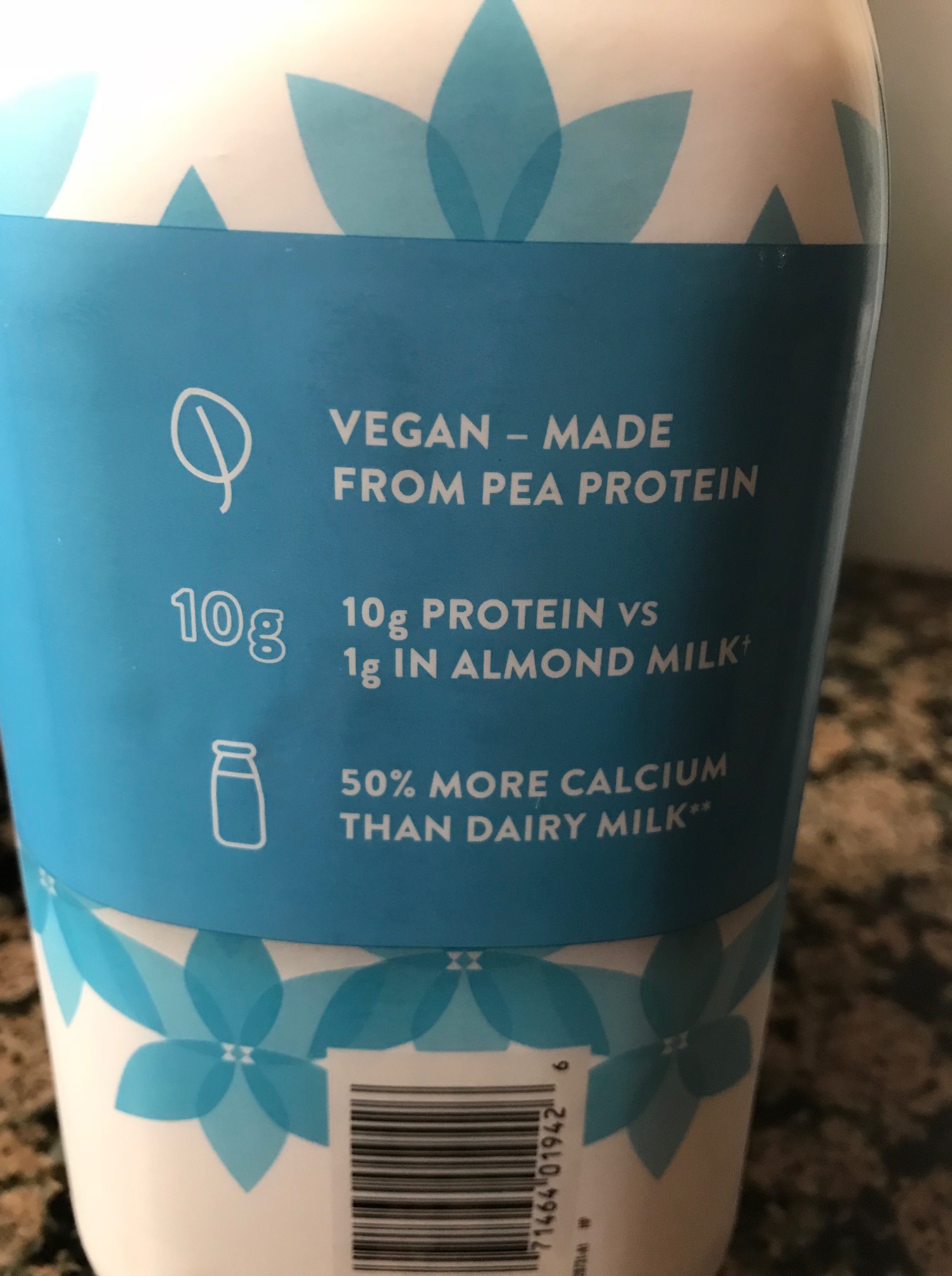
With the elections almost here, it’s interesting to look at the possible impact on agriculture based on the positions and priorities of the two campaigns.
The Harris-Walz campaign promises investment and action to strengthen rural communities: medical care, schools, Internet access, supporting small farms, and new farmers, and promoting diversity in farming. This is positive for rural areas that typically lack access to the infrastructure and services more easily available in urban areas. They also aim to promote crop insurance, expand farmland protection programs, and ensure farmers’ right to repair equipment.
A new Harris administration can be expected to maintain continuity with current policies committed to promoting equity and supporting climate smart agriculture: reducing emissions, climate resilience and enhanced productivity. Will this involve support for the adoption of agricultural biotechnology and combat the surrounding misinformation? Food security in climate uncertain times needs all options and tools. It is hoped that the new administration can harness the potential of agricultural biotechnology and ensure that public policies are fact-based.
The Project 2025 document lays out the agenda for the Trump-Vance campaign. It starts with the contention that American agriculture today is a flourishing role model for the world and the main obstacle to future growth is unnecessary government intervention. From this it goes on to list all the ways in which the USDA and its programs need to be limited.
It is skeptical of the climate smart approach and advocates for delinking from the UN goals of sustainable development. The goal would be to put food production ahead of all other goals. Since the biggest challenge to food production is the impact of climate uncertainty, eliminating that as a consideration seems questionable.
The USDA is also expected to remove foreign barriers to trade. How would they do this in the event of expected retaliation to the tariffs the campaign is proposing?
It is also asserted that American agriculture needs to be defended against the transformational policies of the Biden administration which are barriers to food production. It is not clear how these are barriers, other than mostly every current policy measure is opposed.
Reforms are proposed to a range of programs such as farm subsidies, the SNAP and WIC program, repeal of the Federal Sugar Program, elimination of the Low-Income Heat and Energy Assistance Program, and removing the nutrition responsibilities of the USDA.
The School Lunch Program is described as one of growing entitlements benefitting higher income families. This is not reflected in the lived experience of most people. In some areas, school meal programs have been expanded through summer to help food insecure families. Like other developed and developing countries, we need to improve the quality of meals and make it available to all, both to ensure better educational outcomes (hungry children cannot learn), and to ensure that school is a place which provides equal access to learning, play and good health for all children.
Strong support is noted for agricultural biotechnology, including efforts to combat disinformation and to remove barriers to trade related to agriculture biotechnology. To acknowledge the utility of this technology and yet ignore its potential for promoting climate resilience (because of turning away from climate relevant policies), seems a strange disconnect.
While the Harris program can be expected to bring improvements to the rural economy, the broad elimination of services and programs envisaged by Project 2025 is likely to have a much deeper negative impact on the rural economy.
The approach laid out in Project 2025 that does not recognise the challenge of climate impacts, and is set on limiting access to food, is not in the interest of maintaining food security as a nation. The Harris approach which recognizes the challenge of climate uncertainty and supports access for all is likely to have a more effective plan to ensure food security.
Image: Acroterion, CC BY-SA 4.0, via Wikimedia Commons










